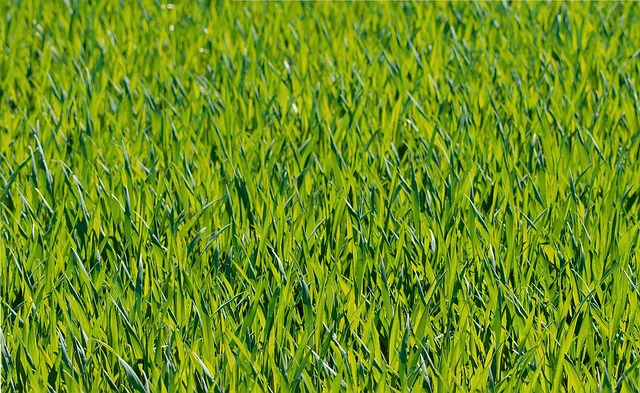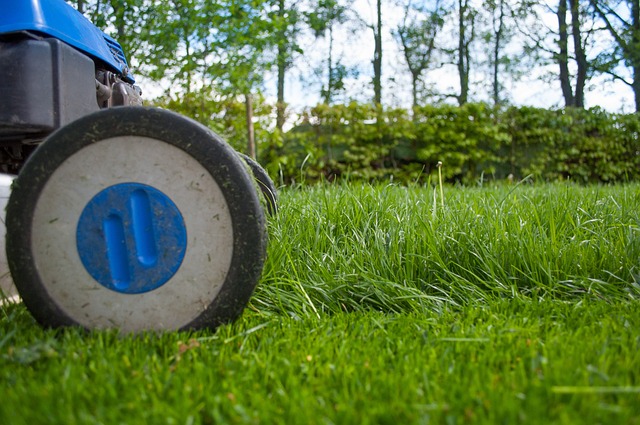Lawn soil compaction, caused by heavy foot traffic or construction, hinders grass growth and exacerbates weed problems. In Wheat Ridge, herbicide application for managing right-of-way vegetation is an effective strategy coupled with aeration and proper watering to combat compaction. This combination improves soil structure, enhances nutrient circulation, promotes root growth, and fosters a healthier lawn environment while preserving local ecosystems. Regularly tailored herbicide treatments, along with techniques like aeration or topdressing, ensure aesthetic appeal, safety, and sustainable vegetation management for Wheat Ridge's right-of-ways.
Lawn plant soil compaction can stifle growth and aesthetics, especially in densely populated areas. This article delves into the root causes of lawn soil compaction and its detrimental effects on right-of-way vegetation in Wheat Ridge. We explore the strategic use of herbicides as a solution for relieving compacted soils, highlighting their role in enhancing turf health and resilience. Furthermore, we provide effective maintenance strategies tailored to Wheat Ridge’s unique challenges, ensuring vibrant and sustainable right-of-way vegetation with optimal herbicide application for right-of-way vegetation in Wheat Ridge.
- Understanding Lawn Soil Compaction and Its Impact
- The Role of Herbicide Application in Relieving Compaction
- Effective Strategies for Maintaining Healthy Right-of-Way Vegetation in Wheat Ridge
Understanding Lawn Soil Compaction and Its Impact

Lawn soil compaction is a common issue that can significantly impact the health and appearance of your grass. It occurs when the soil becomes densely packed, restricting air, water, and nutrient flow to the roots. This problem often arises from heavy foot traffic, such as in high-use areas like right-of-way vegetation in Wheat Ridge, or from compacted soil due to construction and landscaping activities. When left untreated, compacted soil can lead to reduced turfgrass growth, browning, and thinning.
The impact of lawn soil compaction is far-reaching. It hinders the ability of roots to absorb essential nutrients and water, making it difficult for grass to thrive. This, in turn, can result in increased weed growth as they find it easier to establish themselves in compacted soil. Herbicide application for right-of-way vegetation in Wheat Ridge, while effective for weed control, should be part of a broader strategy to alleviate soil compaction. Techniques like aeration and proper watering practices are crucial steps toward creating a healthy lawn environment once again.
The Role of Herbicide Application in Relieving Compaction

In areas like Wheat Ridge, where compacted soil is a common concern, particularly in rights-of-way vegetation management, herbicide application can play a pivotal role in alleviating compaction. This method involves strategically applying herbicides to targeted vegetation, aiming to reduce the plant density and allow for better air, water, and nutrient penetration into the soil. By doing so, it helps to loosen compacted layers, enhancing root development and overall soil health.
The process is especially effective when combined with proper timing and selection of herbicide products tailored to the specific vegetation and soil types found in Wheat Ridge. This approach not only provides a more sustainable solution for long-term right-of-way maintenance but also contributes to environmental preservation by minimizing physical disturbance to the soil, which can be detrimental to local ecosystems.
Effective Strategies for Maintaining Healthy Right-of-Way Vegetation in Wheat Ridge

Maintaining healthy vegetation along right-of-ways is essential for the overall aesthetics and safety of Wheat Ridge communities. One effective strategy involves regular herbicide application, specifically tailored for this unique environment. By targeting invasive weeds and unwanted plants, herbicide treatments can improve turfgrass health and growth, ensuring a lush and vibrant landscape. These applications are carefully scheduled to minimize environmental impact and promote sustainable vegetation management.
In addition to herbicide use, proper soil compaction relief techniques play a crucial role. Compacted soil often hinders water absorption and nutrient reach, so implementing strategies like aeration or topdressing can improve drainage and fertility. This allows for better root development and overall plant health, resulting in a more robust and visually appealing right-of-way vegetation system in Wheat Ridge.
In addressing lawn plant soil compaction relief, particularly in urban areas like Wheat Ridge, a multifaceted approach is key. Understanding the root causes and effects of compaction, alongside strategic herbicide application for right-of-way vegetation, significantly enhances turf health. By implementing effective maintenance practices, residents and municipalities can foster vibrant, sustainable landscapes that balance aesthetics with ecological integrity. This includes recognizing the importance of specialized herbicides in mitigating compaction’s impacts, ensuring long-term vitality for Wheat Ridge’s urban greenspaces.
